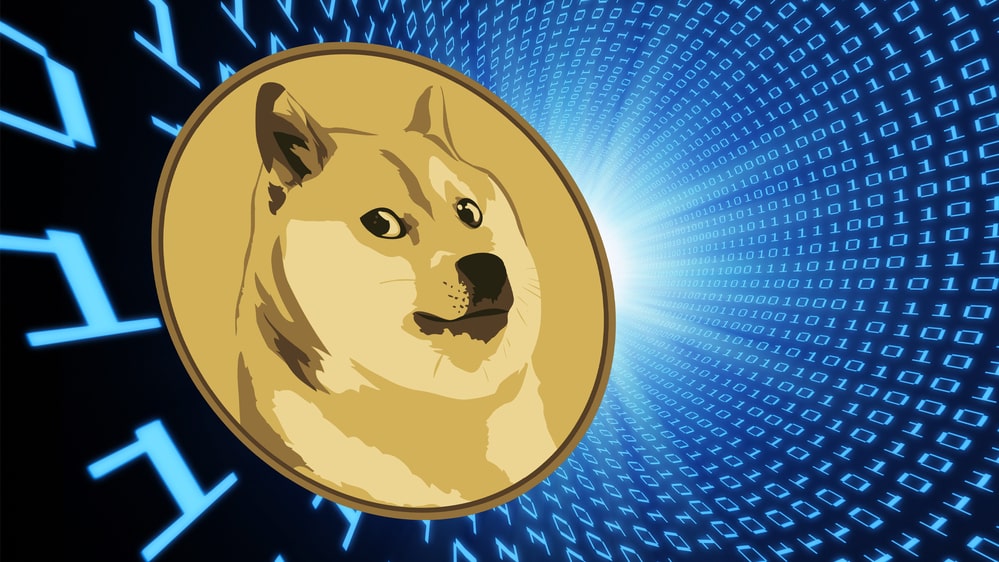Gone are the days when you needed to be a computer science, information security, or blockchain expert to create your own digital currency. With no coding experience, it’s now possible to develop a coin in only a few hours online.
As a result, we have seen a swarm of cryptocurrencies launched virtually every month, some of which are meme coins. It sounds ludicrous to believe an industry of coins exists based on social media fads, pop culture references, and influencers to the uninformed layman.
However, CoinMarketCap presently tracks 309 meme coins with an impressive total market value of close to $30 billion. As we know, Dogecoin (DOGE) has been unanimously considered the originator of such tokens since its debut in December 2013.
The coin remains the most recognizable in this market, with many projects drawing inspiration from later years. However, in any monarchical environment, the position of the most dominant individual or entity is consistently at the threat of being challenged.
Therefore, many have begun wondering which is the so-called ‘DOGE killer.’
Shiba Inu (SHIB)
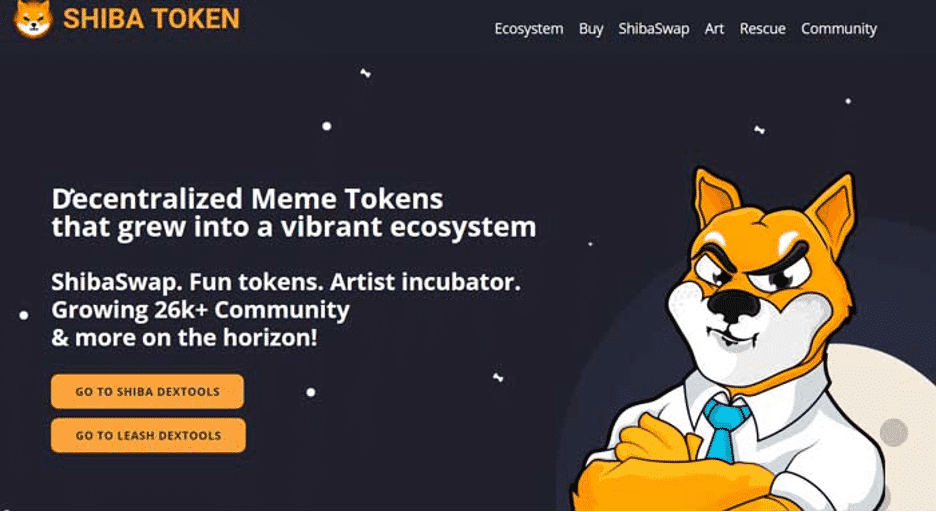
Shiba Inu has long been considered the only ‘DOGE killer.’ SHIB is the second-largest meme coin by trading volume, with a market cap of only $3 billion less than Dogecoin.
Moreover, it is ranked #15 overall by CoinMarketCap for most traded coins, while Dogecoin is in the 13th spot. Despite only launching in August 2020, SHIB has been close on the heels of DOGE.
Shiba Inu is arguably the meme coin with the most utility, which is surprising given that most of these tokens have little usage. While SHIB is a simple peer-to-peer ERC-20 or Ethereum-built token, the developers have been building an ecosystem of DeFi-enabled mechanisms.
For starters, Shiba Inu has two other tokens aptly named LEASH and BONE available on its decentralized exchange called ShibaSwap. While the purpose of LEASH is somewhat confusing to grasp, BONE is a governance token users can stake.
In October 2021, a collection of 10 000 Shiba Inu-related NFTs (non-fungible tokens) dubbed ‘Shiboshis’ was launched that you could only buy with LEASH. Later in the same year, Ryoshi, the anonymous developer behind the project, mentioned they were developing a Shiba Inu metaverse called ‘Oshiverse.’
Therefore, the evidence suggests Shiba Inu wants to immerse itself in as many crypto-related activities as possible, making a solid case for it to ‘dethrone’ Dogecoin.
Hoge Finance (HOGE)
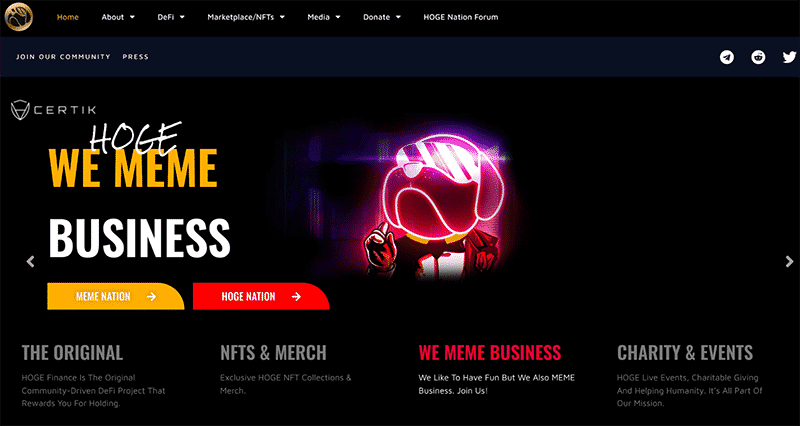
Hoge Finance is a meme coin with a difference and is described by analysts as ‘DOGE in DeFi.’ It is the seventh-largest meme coin by market cap presently.
HOGE is an Ethereum-built token that was community-founded in February 2021 with primary interests in DeFi (decentralized finance) and philanthropy.
One of Hoge’s DeFi-related inventions is Hogemint, a platform working with wallets to create and hold NFTs. Furthermore, users can have their best-loved memes tokenized into a collectible card.
The Hoge Finance community is also set to develop a full e-commerce facility to support such cards. Interestingly, Hoge Finance is one of the only meme coins to have completed a CertiK audit, with a high Skynet security score.
HOGE was designed to be deflationary as every transaction has a 2% tax, half of which is sent back to wallets while the other is ‘burned’ forever. Plus, HOGE has a hard cap of 1 trillion, of which about 40% is presently in circulation.
Dogs of Elon (DOE)
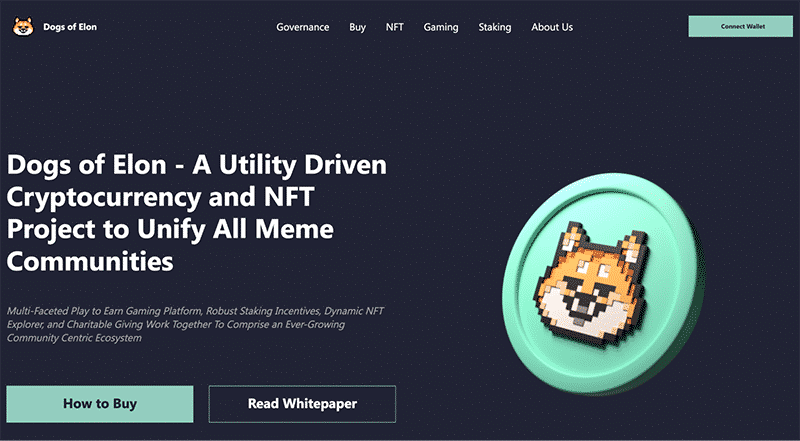
Dogs of Elon is another community-built ERC-20 meme coin launched in November 2021. The whitepaper describes DOE as a ‘utility-driven cryptocurrency and NFT project’ seeking to unify all meme communities.
Dogs of Elon is a relatively new meme coin with exciting inventions in the pipeline like having a play-to-earn gaming platform and NFT explorer.
However, one of the current main features for DOE is the CryptoPunks-inspired collection of 10 000 NFTs presently available on OpenSea and LooksRare. The other aspect is that you can stake DOE for rewards.
Like Hoge Finance, Dogs of Elon was audited by CertiK in ensuring the project met the highest security standards. Furthermore, DOE has a finite supply of 1 billion tokens (with about 192 million are in circulation).
Doge Dash (DOGEDASH)
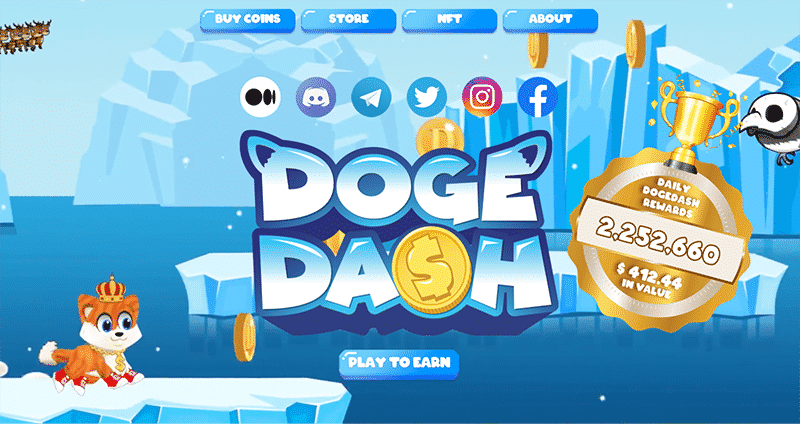
Doge Dash is a Mario/Sonic The Hedgehog-style play-to-earn meme coin launched in December 2021. Its native currency, DOGEDASH, was built and is secured by the Binance Smart Chain.
Developers behind Doge Dash describe it as ‘crypto gaming made easy’ with an arcade-style manner combining various elements of GameFi (gaming and finance) and DeFi.
Players ‘dash’ through 10 levels of increasing difficulty while collecting tokens along their journey, as the name suggests. Doge Dash also incorporates NFTs represented as unique pop culture-inspired in-game skins, granting gamers ‘super powers’ and other perks.
Doge Dash plans to expand its ecosystem and venture into other elements like staking, merchandise, the metaverse, and more. Like Hoge Finance, each DOGEDASH transaction has a 5% tax to make the coin more valuable over time. 2% is directed to marketing, while the remaining 3% is ‘burned.’
SafeMoon Inu (SMI)
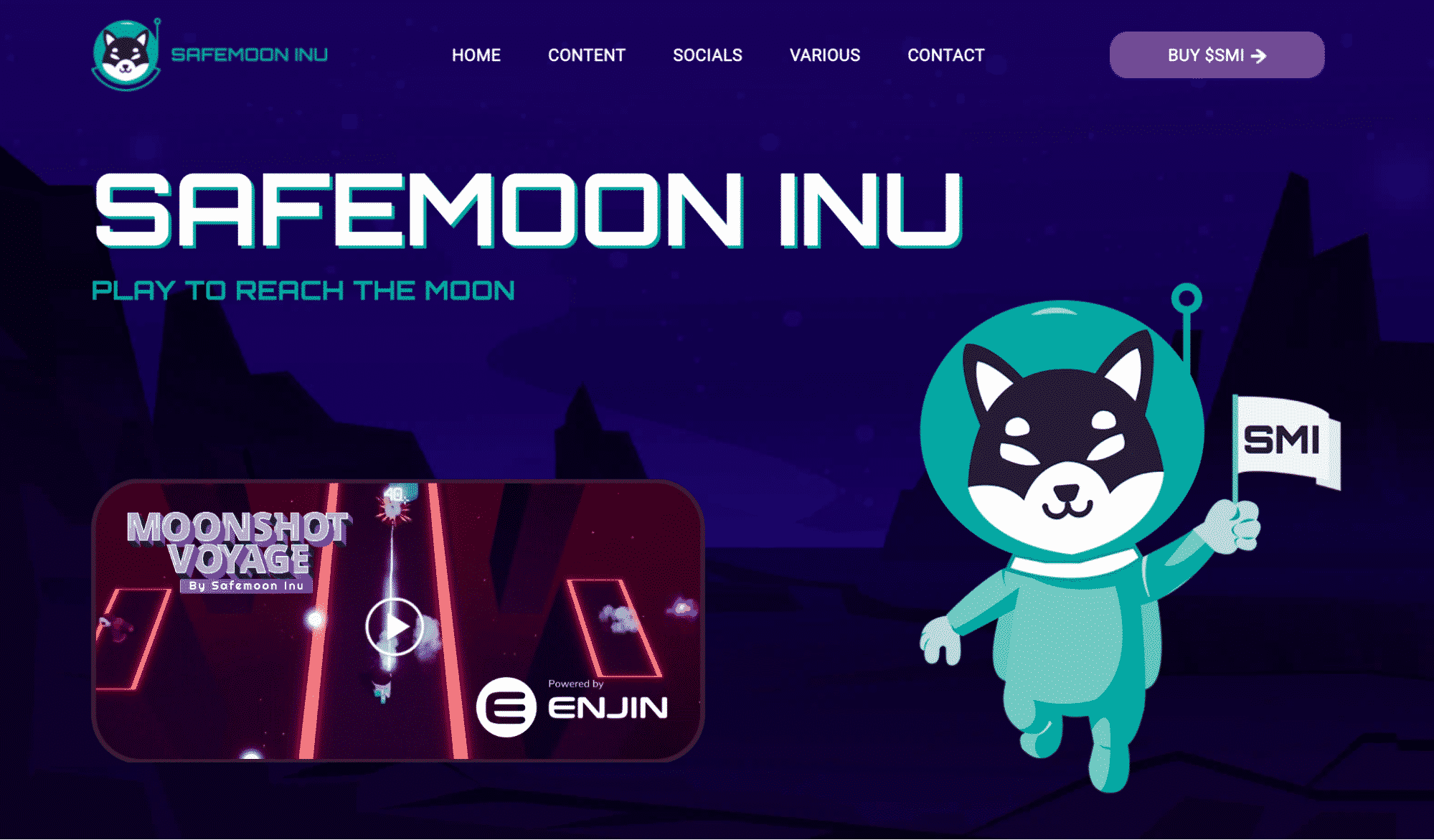
SafeMoon Inu (not associated with SafeMoon) is another community-driven meme and gaming-related ERC-20 token launched in 2021. This project is still a work-in-progress as it presently only has an NFT marketplace powered by Enjin.
However, as part of Phase 2 of the project’s roadmap, holders of SMI are eagerly anticipating SMI Play. This will be a play-to-earn gaming platform promising to offer additional rewards to SMI holders.
The first game expected to be in SMI Play is an interesting ‘looter shooter’ named Moonshot Voyage, with more being slated in the pipeline.
Curtain thoughts
It’s worth noting that the only real contender to DOGE remains Shiba Inu. The other meme coins have not yet come close to being viewed as significant. While some of these have presented decent use cases, meme tokens are far more speculative than traditional cryptocurrencies.
Generally, experts recommend that only a tiny part of your overall crypto portfolio consist of meme coins, given their high volatility, poor utility, and social media-driven status.
